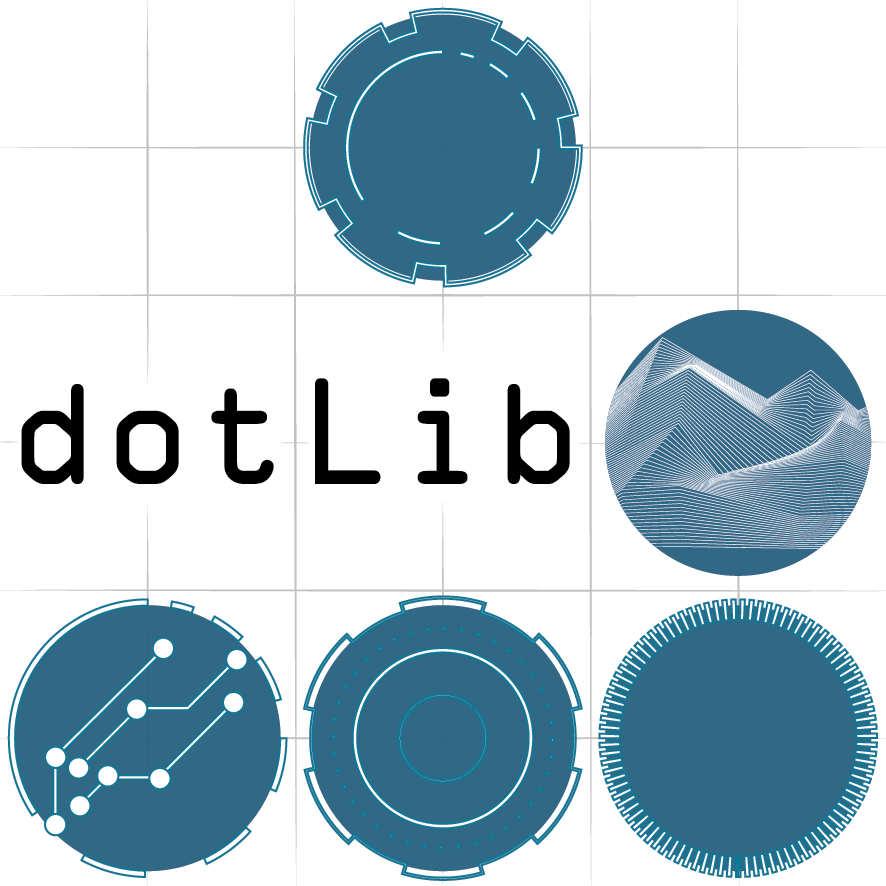DotLib took the Pop-Up-Play system to the Embrace Arts Centre in Leicester for a three-day workshop event run by Marianne Pape. The workshop aimed to use PUP to help a small group of home-educated children, aged 7-10, interact with the art exhibition in the gallery by Mark Hamilton.
Day one was spent unleashing the system on the children. They were introduced to the separate elements but descended into creative chaos when the Kinect part of PUP was activated. They immediately began interacting with the screen. This carried on for the rest of the morning with different children exploring the different functionality of the system, at times switching roles and directing each other regarding how they were using the system. They were using the webcam alongside physical props to mix digital and physical elements. There were some great interactions of children creating a maze in the afternoon. This involved a maze being drawn and then captured by the webcam operator, a player who moved the physical piece around the maze (Mario kart or army man), and a technologist to control the PUP system on the iPad. This gave the children the chance to really explore how they were going to use the different elements available and they were very forthcoming with ideas.
Day two moved to a different room. The idea of the mazes developed further as some of the children had made new mazes overnight, and they had also bought in objects from home. We also developed some new media to be added to the PUP system, both in terms of getting crafty, and taking photos of the exhibition to put in the system, alongside photos of the children’s items from home. The children started to think about how they could get their parents involved in the process and demonstrate, not only the system to them, but also all the content that they had created. They discussed bringing all the different content and created components together to form a game whilst getting to grips with the system. One of the things that was very impressive was their ability to master moving through different scales and with different setups, to highlight different media and extend the maps that had been created.
Day three saw a move back to the main hall and a final hunkering down of roles. The children had pre-selected which area they wanted to work in and assigned jobs to each other and themselves. Who would control the webcam, who would announce things, who would do sound effects and so on. There were some rehearsals with the system and new jobs. We also loaded up all the new media for them to show their parents and incorporate into the games. The actual presentation went fantastic and the kids really owned the system and the content with very little input from us. The parents seem to really see the value in being able to contribute to the system. Whatever the preferred mode of interaction was for the child, the system provided an outlet for their creative ventures. It was a brilliant three days of straddling between the digital and physical world and exploring art and interactive lands.
